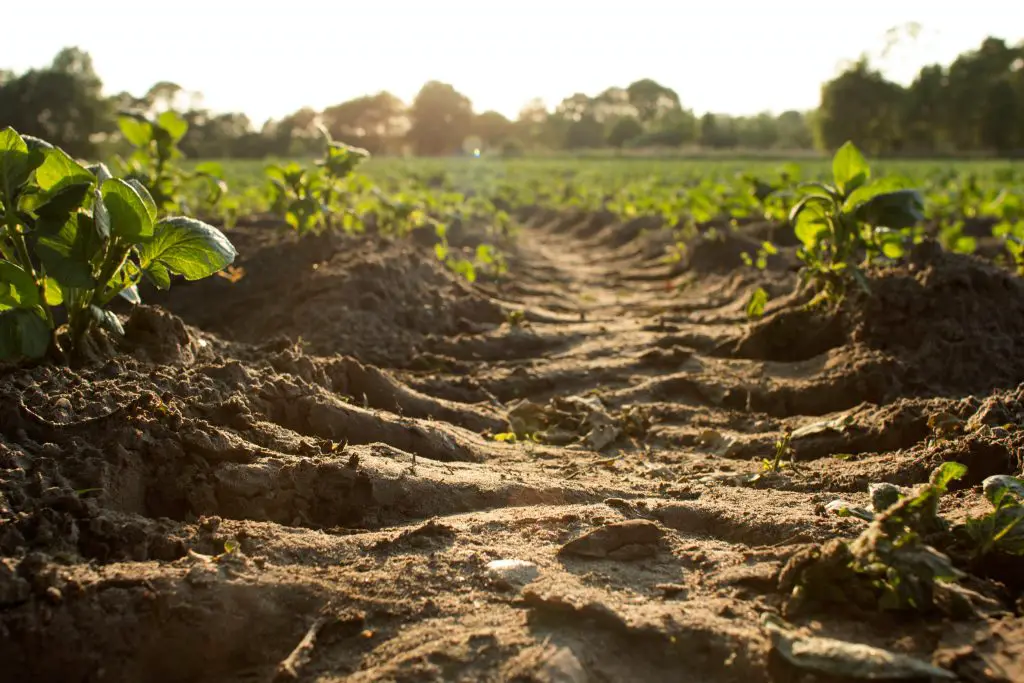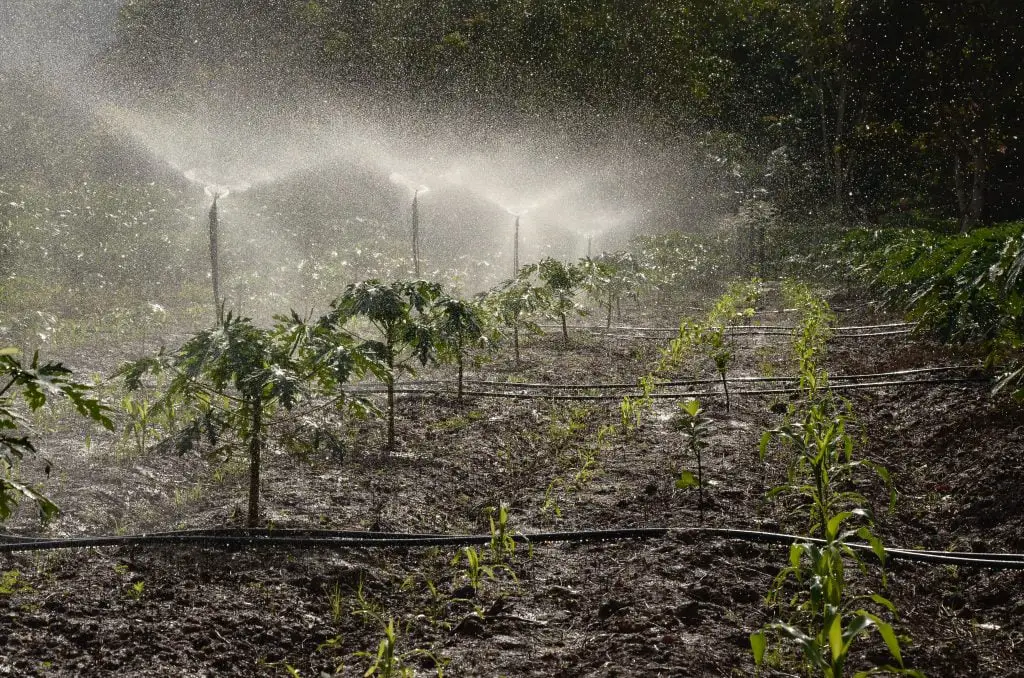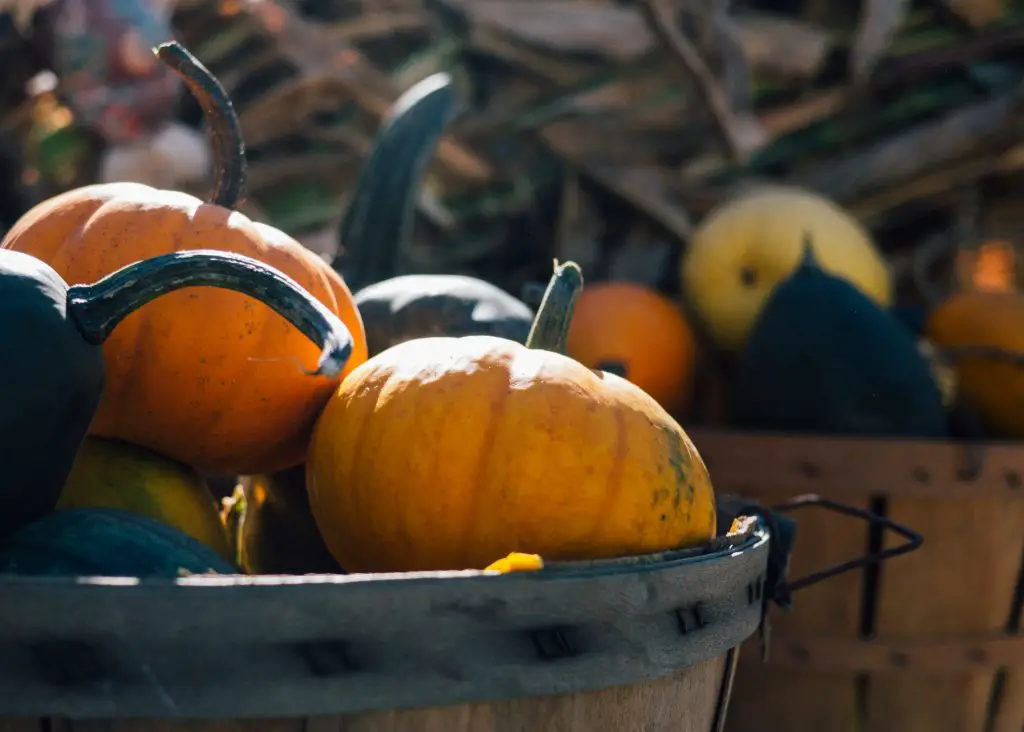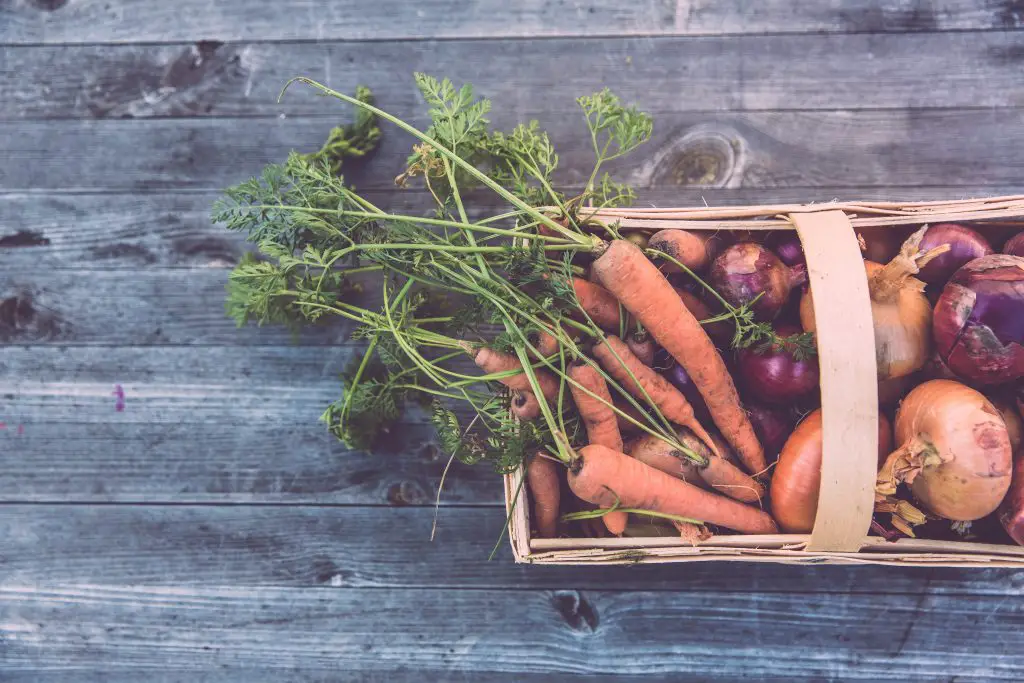What Is Crop Rotation and Why Is It Important? Crop rotation has been in practice, in some form or another, for over 8,000 Years, moving from a 2 Year, to a 3 Year, and then finally, a 4 Year crop rotation, in the industrial revolution. It became popular in the UK, and helped to boost productivity, in a period when people started to move off the land and live in cities.
The basic concept of crop rotation, is to plant crops in different locations each year, to ensure that there are adequate nutrients within the soil and avoid a build up of pests and diseases. A given crop, growing in same location year after year, will result in a progressive reduction in specific nutrients needed by that specific plant, resulting in a reduction in fertility overtime.
As different crops require different nutrients, it is possible to avoid depletion of specific nutrients, by rotating different crops through an area. To simplify this process, crops are typically divided into family groups, that have similar needs.

Crop Rotation Systems
There are many variations in crop rotation plans that exist, including those that have a fallow year, and some of them also advise when to add specific soil conditioners, such as compost and fertilisers, or plant green manures.
I have not included these types of plans, because for most home gardeners, planting space is extremely precious, leaving a space free for whole season is a little too much too bear, for most people. Additionally, the specific timing of soil inputs, over complicates the practice of garden management.
For me, crop rotation is generally good practice within a garden, however, one should never allow these rotation systems to override the overall goal of a productive garden; to produce a continuous supply of vegetables. One of the key limitations of any crop rotation, is the inherent assumption, that approximately equal areas of land will be devoted to each group of vegetables, as the systems below suggest.

In your garden, the distribution of the vegetables you chose to grow, should be dictated by what you like to eat, the volume of vegetables that can be produced, and how readily the produce can be stored for later. In my own garden, I tend to favour things like Pumpkins and Onions, because I know that I can produce large volumes of food, that can be consumed over many months, due the storage characteristics of these vegetables.
As such, I recommend loosely sticking to a crop rotation system, where it is practical, and if that is not possible, to generally avoid planting the same vegetable in the same location for 2-3 Years.
Regarding soil management, there is a lot written about how and when to fertilise different plants to get the best results, however, this advice is often conflicting. The simplest approach I have seen and adopted in my own garden, that gives excellent results, is the no dig approach. In this approach, compost is applied once a year, as a mulch to the garden beds, usually in Autumn or Winter, at a thickness of around 2 inches. The compost is not dug into the soil at all, and soil disturbance is generally avoided.
This application, once a year, is sufficient to feed the soil throughout the year, without the need for additional inputs. The application of compost also minimises weeds throughout the year, reducing time and effort required to manage a productive garden. Trials run by Charles Dowding, have demonstrated, over a 7 Year period, that the use of this technique not only reduces work, but produces more vegetables. To learn more go to https://charlesdowding.co.uk/no-dig-trial-2013-2019-current-year-at-top/
Four Year Crop Rotation
How crops are grouped into families, largely dictates the structure of a crop rotation plan. The most common crop rotation system, consists of a 4 Year rotation, where the plants are grouped in 4 different families. There are many ways to do this, but this is the most common. The four groups are as follows;
Legumes consist mainly of Peas and Beans, although other types of plants such as Lentils, Chickpeas and Peanuts, also fall into this group. Key distinguishing features of these plants, is that they “fix Nitrogen” from the air into the soil. This property allows them to act as a natural fertilizer, within the crops rotation system. The plant, in conjunction with bacteria called Rhizobium, allows Legumes to draw Nitrogen from the air and store it in the roots of the plant, in a Nitrogen nodule.
Brassicas and Leaf Crops This group consists of Cabbages, Kale, Cauliflower, Broccoli and Kohlrabi, as well as leafy crops outside the Brassica family, which include Silverbeet, Spinach and Lettuce. All members of the Brassica family, have a characteristic round seed of moderate size, similar to a mustard seed, which is unsurprisingly also a Brassica. This family of crops are prone to a disease called Clubroot, which builds up in the soil with repeated growth of the same crop. It is extremely difficult to get rid of once your garden becomes infected.
Alliums and Root Crops This group consists of the plants from the Allium family, which include Onions, Leeks, Chives and Garlic. As all of these plants come from the same botanical family, they tend to have the characteristic black seeds that are 1 to 2 millimetres wide. In addition to the Allium family, there are a number of root crops, from different families, that are included within the group such as Beetroot, Carrots, Potatoes and Parsnip.
Fruiting Vegetables consists of the widest group of vegetables, which encompasses several different botanical families, however the Cucurbit and Solanacae families, are the primary contributors. The Cucurbit family, includes Corn, Pumpkins and Zucchini, while the Solanacae family includes Tomato, Pepper and Eggplant.

A typical crop rotation plan, is shown in the table below. The particular sequence of rotation is designed to take advantage of the characteristics of each group of plants. The Legumes add additional Nitrogen to the soil, which is most beneficial to plants that require significant leaf growth, rather than the production of flowers and fruit, as such the Brassicas follow legumes.
The reduced Nitrogen levels favour the formation fruits and flowers, rather than leaves, hence the fruiting vegetables follow Brassicas. Root crops require the lowest nutrient levels, and are last in the cropping sequence. The addition of compost and manure can have a detrimental effect on Carrots, which have a greater tendency to fork.
| Year 1 | Year 2 | Year 3 | Year 4 | |
| Bed 1 | Brassicas/Leaf | Fruiting Vegetables | Alliums/Root | Legumes |
| Bed 2 | Legumes | Brassicas/Leaf | Fruiting Vegetables | Alliums/Root |
| Bed 3 | Alliums/Root | Legumes | Brassicas/Leaf | Fruiting Vegetables |
| Bed 4 | Fruiting Vegetables | Alliums/Root | Legumes | Brassicas/Leaf |
Five Year Crop Rotation
The most common 5 Year rotation system, generally has the same grouping as a 4 Year rotation, except that the Potatoes are placed in a separate group. They are inserted into the rotation, above the Allium and root crops, generally because the soil needs to be dug over during the planting and harvesting of Potatoes. The loose soil favours root crops such as Carrots. To learn more about this, go to https://planyourpatch.com/tricks-to-planting-carrot-seeds/
| Legumes |
| Brassicas/Leaf |
| Potatoes |
| Alliums/Root |
| Fruiting Vegetables |

Six Year Crop Rotation
The 6 Year rotation expands the groups further, by separating the fruiting vegetables into Cucurbits (Corn, Pumpkin and Zucchini), and the Solanacae family (Tomatoes, Peppers and Eggplants). As the extra groups extend the cycle of rotations significantly, there is a need to add compost after the Alliums and root crops have finished, as Potatoes, Cucurbits and Solanacae families, are heavy feeders.
| Legumes |
| Brassicas/Leaf |
| Alliums/Root |
| Potatoes |
| Cucurbits |
| Solanacae |
